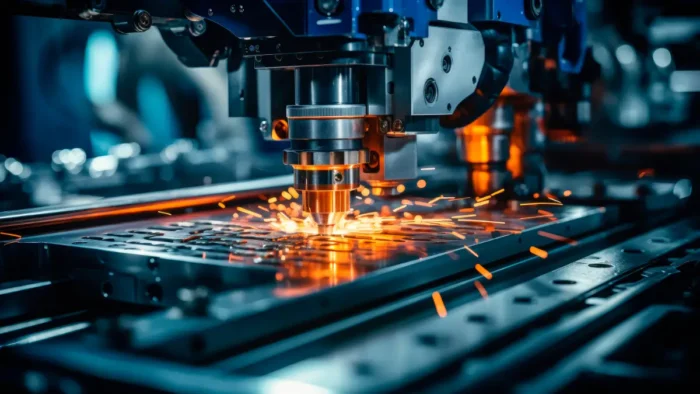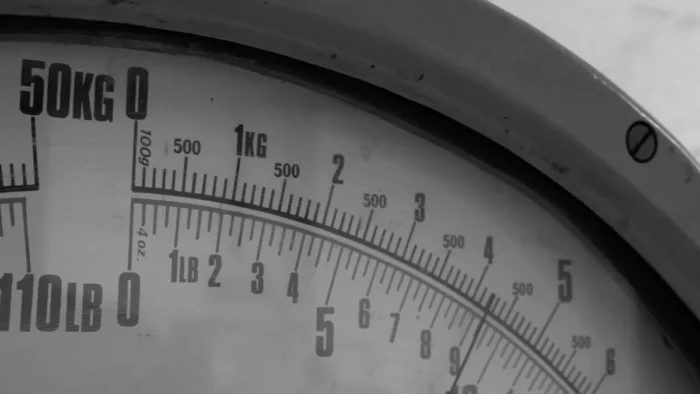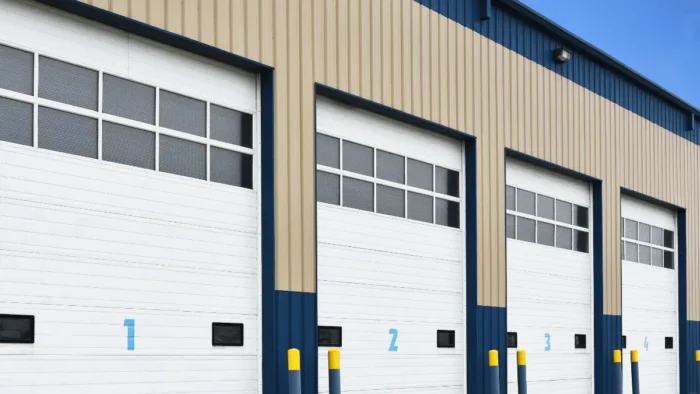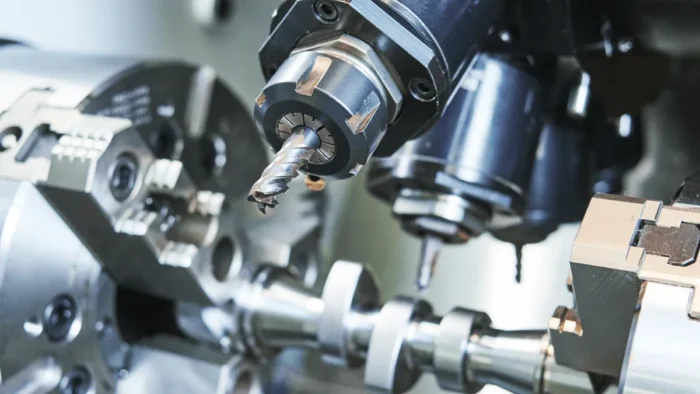As the manufacturing milieu continues to evolve, manufacturers need to stay ahead of production challenges to maintain competitiveness and ensure growth. Fortunately, advanced CNC (Computer Numerical Control) solutions offer a pathway to streamline processes, ensure precision, and boost productivity.
This article delves into various strategies and methods for implementing these solutions to overcome production hurdles.
Investing In Modern Machines
The foundation of any advanced CNC solution lies in the machines themselves. The latest CNC machines, including CNC mill machinery, are faster, more accurate, and more efficient than their predecessors. These machines come embedded with cutting-edge technology, making tasks such as intricate milling, turning, or even multitasking a breeze.
The long-term returns on such investments often manifest in reduced production times, heightened precision, and a superior surface finish on the final product. By selecting a state-of-the-art milling machine, manufacturers place themselves at an advantage to tackle even the most complex production challenges. These challenges may include high-tolerance requirements, intricate component geometries, multi-material processing needs, and rapid prototyping demands.
Integrated Software Solutions
Integrated software solutions, merging both design and management, are fundamental to unlocking unparalleled efficiencies and precision in production. Diving deeper into these solutions reveals two paramount components that drive these enhancements:
- Computer-Aided Manufacturing Software: The essence of efficient CNC machining lies in its programming. With advanced CAM software, manufacturers can simulate tool paths and detect potential collisions. This pre-emptive approach avoids costly errors, leading to optimized machining sequences that save both time and resources.
- Enterprise Resource Planning Integration: Seamless integration of CNC machines with ERP systems ushers in a new era of production management. This integration allows for meticulous production scheduling, in-depth inventory management, and real-time data analysis. These improved operations lead to more efficient use of resources and increased productivity.
Harnessing the power of integrated software solutions in CNC environments can dramatically transform operational dynamics, paving the way for heightened efficiency and competitiveness.
Automation
Automation is key to achieving effective CNC implementation. It helps transform production methodologies, such as the following:
- Robotics: The deployment of robotic arms in CNC operations is a revolution. These arms, designed for precision, can load and unload parts, minimizing manual intervention. As a result, it reduces downtime and increases operational consistency.
- Pallet Systems: These platforms that hold the workpiece in place have gained popularity as they help streamline manufacturing processes. With the introduction of automatic pallet changers, pallet systems became a game-changer for manufacturers. They have the potential to significantly reduce setup times, allowing for more time spent on actual machining.
Incorporating automation into CNC operations paints a promising picture for the future, where efficiency, accuracy, and speed converge to redefine manufacturing standards.
In-Machine Probing
In-machine probing stands out as one of the most transformative features of modern CNC machines. These probes are adept at automatically measuring the workpiece and the resulting component. Its direct advantages include a drastic reduction in setup time and an improvement in the overall precision of the manufacturing process. In-machine probing ensures consistency and quality by compensating for minor variations in raw materials or even tools’ subtle wear and tear.
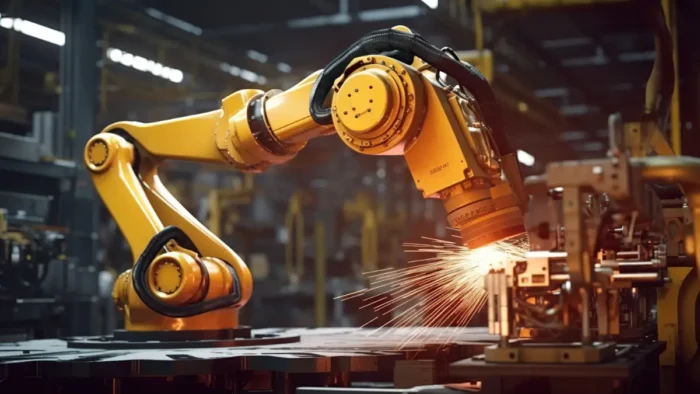
Adaptive Machining
Beyond the pre-programmed instructions, adaptive machining is now thriving. Some modern CNC systems can adjust tool paths as they work. This change, based on sensor feedback, makes cutting more efficient. This also helps tools last longer, saving money over time.
Training And Skill Development
When tackling advanced CNC operations, the human element cannot be overlooked. Both operators and programmers play crucial roles in ensuring production efficiency. By carrying out comprehensive training, you can ensure that workers are adept at utilizing the vast capabilities of modern CNC machines and accompanying software. When they understand the nuances and potential of these advanced tools, they can use them to overcome challenges, reduce errors, and increase output.
Predictive Maintenance
Incorporating Internet of Things (IoT) devices and machine learning into the CNC environment heralds the dawn of predictive maintenance. These systems can accurately predict potential machine component failures by analyzing operational data. The result is a shift from reactive, panic-driven repairs to scheduled, proactive maintenance. This ensures that machines have more operational time and experience fewer downtimes.
Tooling Optimization
The tools are the central component of CNC operations. Investing in top-tier tooling and maintaining a continuous review mechanism for tool life is paramount. Modern tools, often crafted with advanced materials and fortified with specialized coatings, can boost performance. An optimized tool performs its task precisely and lasts longer, providing tangible cost benefits.
Advanced Fixturing for Enhanced Efficiency
The significance of fixturing in CNC operations is often underemphasized. Modern solutions, be it quick-change fixtures, magnetic work holding, or vacuum-based systems, are reinventing the setup landscape. By reducing the time spent on setups, these fixtures enhance efficiency and guarantee higher precision.
Connectivity And Centralized Monitoring
The modern CNC environment is interconnected. Centralized monitoring systems allow manufacturers to monitor all CNC machines in real-time closely. This omnipresence aids in identifying bottlenecks, fine-tuning workflows, and ensuring that quality remains consistent across the board.
Final Thoughts
CNC operations present both challenges and opportunities for your business. By leveraging advanced solutions, embracing technology, and fostering a culture of continuous improvement, manufacturers can overcome challenges and set new benchmarks in production excellence.

